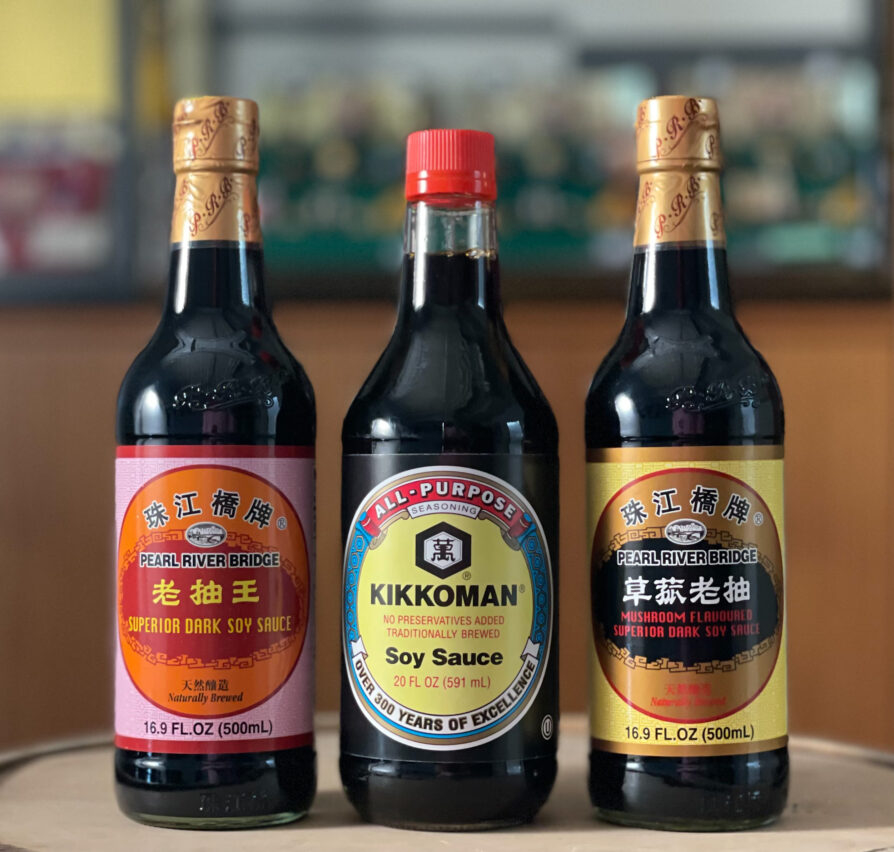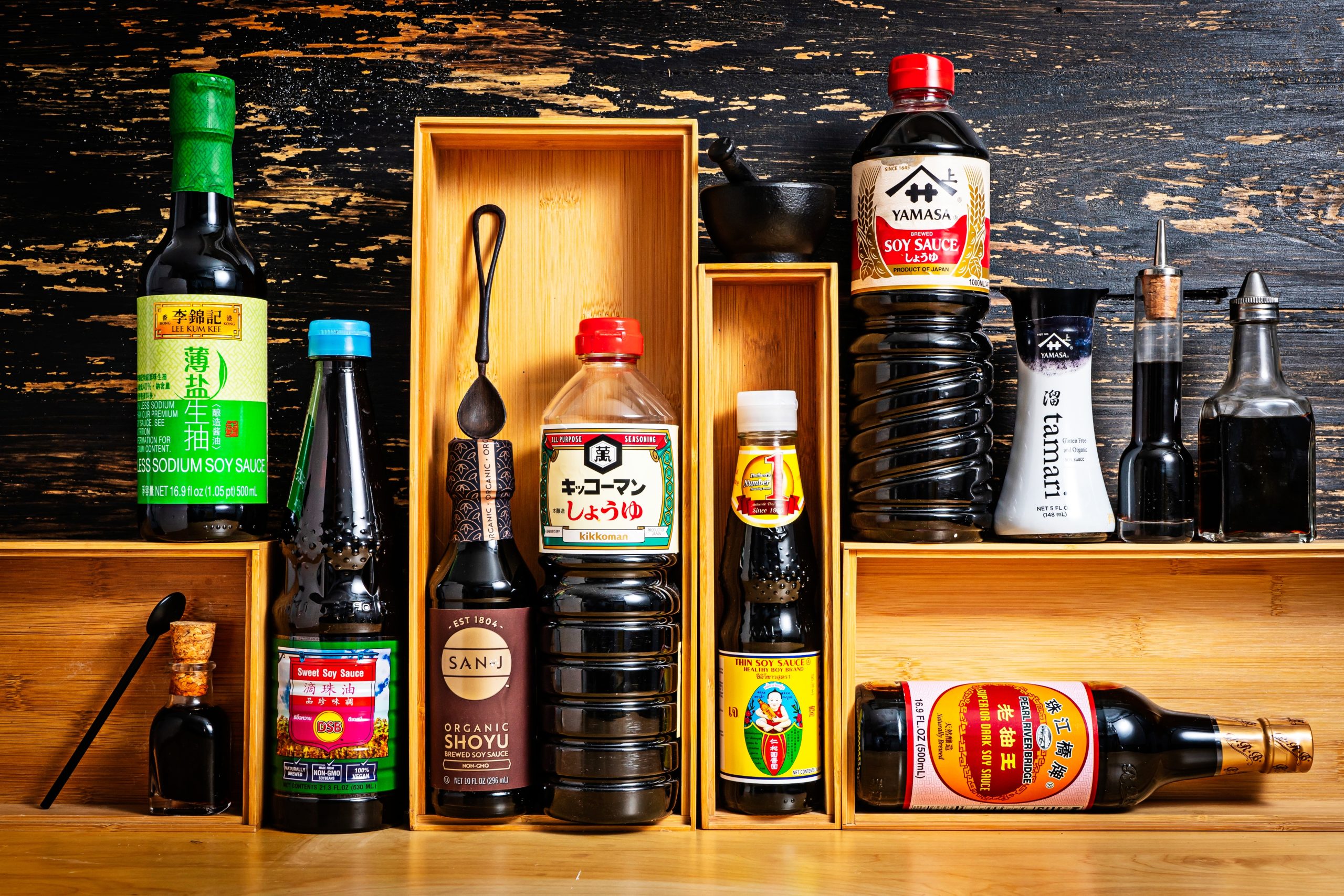Dive into the World of Flavors: Exploring Dark Soy Sauce Brands for Culinary Excellence
– Kikkoman Traditionally Brewed Soy Sauce
– Truffletopia soy sauce
– Dumpling Daughter soy sauce
– Bao Ning dark soy sauce
– Kimlan dark soy sauce
– Homemade dark soy sauce
– Teriyaki sauce
– Tamari sauce
– Hoisin sauce
– Worcestershire sauce
– Molasses
– Double black soy sauce
– Pearl River Bridge Superior Dark Soy Sauce
– Mushroom Flavored Dark Soy Sauce

